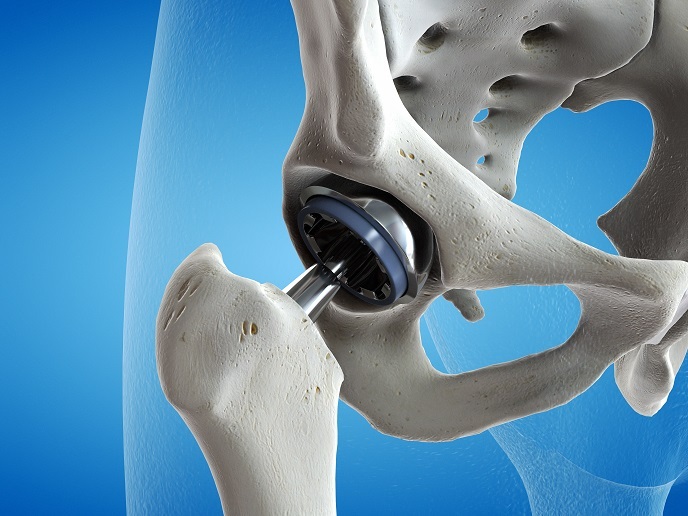Gut microbiota as a predictor of systemic infection
Gut microbiota have a protective role against the colonisation and infection by pathogenic organisms. However, extensive administration of broad-spectrum antibiotics may lead to commensal bacteria disequilibrium with an accompanying increase in multidrug-resistant microorganisms, particularly during hospitalisation. This is of great concern for paediatric transplant patients who rely heavily on antibiotics after surgery.
Calculating the load of antibiotic resistance in gut microbiota
Undertaken with the support of the Marie Skłodowska-Curie Actions programme, the qMAR project aimed to develop a tool for monitoring the intestinal load of antibiotic resistance genes. “Our goal was to estimate the fraction of the microbial cells in the gut microbiota that carry antibiotic resistance genes as an indicator of things going wrong,” explains the research fellow Elias Dahdouh. Given the size and diversity of gut microbiota, the fraction of bacteria carrying antibiotic resistance genes cannot be measured by conventional microbiology-based methods. Therefore, researchers developed a quantitative polymerase chain reaction (qPCR)-based approach for detecting specific antibiotic resistance genes and used the universal 16S rRNA gene that is present in all bacteria as an estimate of the total bacterial population. The qMAR method offered a relative quantification of the resistance genes in the gut microbiome with respect to the total bacterial population. Using the same technology, researchers had previously associated a high intestinal load of the Klebsiella pneumoniae bacterial strain in rectal swabs of adult hospitalised patients with the emergence of infection by the same pathogen. During qMAR, they employed this qPCR tool to measure antibiotic resistance genes in samples obtained from both transplant and non-transplant paediatric patients. They discovered an association between intestinal antibiotic resistance load and antibiotic consumption. Moreover, they determined cut-off values in the order of 1-5 % for the different genes above which there is a high risk of extra-intestinal dissemination and infection.
Clinical and future applications of the qMAR monitoring tool
Transplant patients have often been hospitalised for long periods and received several rounds of antibiotic treatments, so it is not surprising they are colonised by antibiotic-resistant bacteria. However, when resistant species dominate host microbiota, it is very difficult to eradicate them even if they are outcompeted by other species. The qMAR tool offers a simple, easy-to-implement and fast approach to monitor the degree of intestinal colonisation by any bacterial strain or species. This real-time screening can help clinicians minimise adverse effects and improve the clinical outcome of patients. “Importantly, it can be easily modified to include any resistance gene endemic in any hospital around the globe,” notes Dahdouh. The scientific team is confident the qMAR tool will be employed to help control infections and transmission of antibiotic-resistant organisms as part of the routine control surveillance methods. Future work on elderly patients and immunosuppressed paediatric and adult patients who present with a higher risk of infection by antibiotic-resistant bacteria will further validate the clinical applicability of the qMAR method. Furthermore, partners envisage its implementation to investigate the role of the antibiotic resistance load of the intestine in the transmission between patients or to the environment.
Keywords
qMAR, antibiotic resistance, resistance gene, gut microbiota, infection, transplant patients, paediatric patients, qPCR, 16S rRNA







